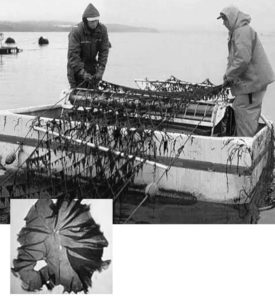
Seaweed polyculture: Potential bioremediation of hatchery effluents
Authors are developing a freshwater hatchery effluent bioremediation system that uses seaweed polyculture to decrease discharge levels and reduce remediation costs.
Probiotics used as bottom soil and water quality enhancers are primarily cultures of living bacteria, enzyme preparations, or the two combined.

Authors are developing a freshwater hatchery effluent bioremediation system that uses seaweed polyculture to decrease discharge levels and reduce remediation costs.
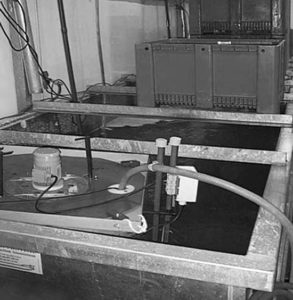
In aquaculture, foam fractionation involves the use of a protein skimmer to remove dissolved organic compounds from aquaculture systems.
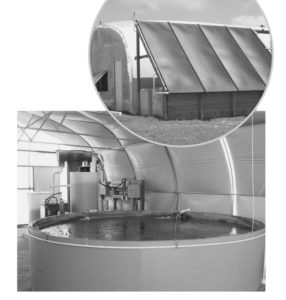
Researchers are evaluating whether off-the-shelf flat-plate solar collectors can maintain stable recirculating aquaculture system temperatures.
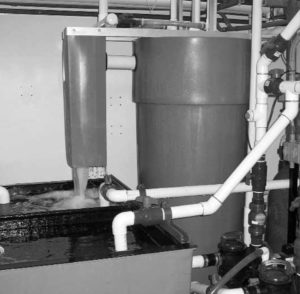
A properly designed fluidized-bed filtration system increases hatchery output by providing a chemically stable, high-quality water supply.

Because of the high prices paid for live reef fish, overfishing of species such as groupers and Napoleon wrasse is a common problem throughout their range.
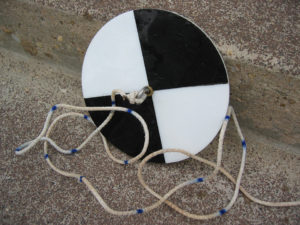
It would be difficult to find a pond aquaculture worker who has not measured Secchi disk visibility or at least seen someone measure it.
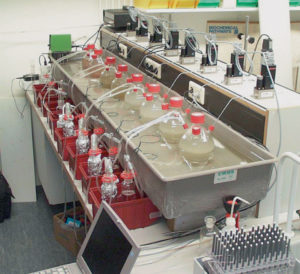
In pond culture, the application of formulated feed – some with very high protein content of 30-60 percent – constitutes the main nutrient input.
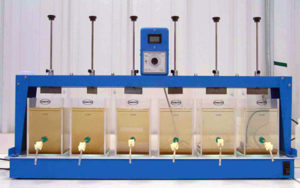
Phosphorus is one of the most scrutinized nutrients discharged by aquaculture systems, due to its potential eutrifying impact on receiving bodies of water.
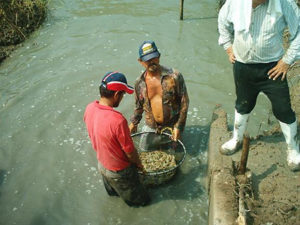
Since 1985, white shrimp farming has developed significantly in northwestern Mexico along the coastal lagoons of the states of Nayarit, Sonora, and Sinaloa.
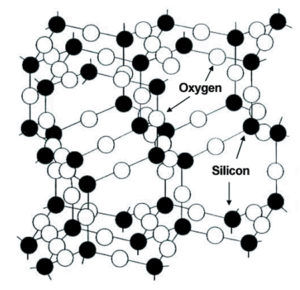
Zeolite is used in industry for water softening and as media for molecular sieves but has no real benefit for aquaculture in ammonia removal.
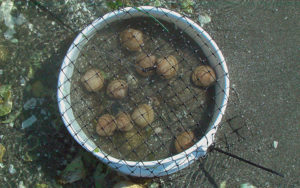
Cockles are a common, though not overly abundant, bivalve in British Columbia waters, where they are normally found in low intertidal and subtidal regions.
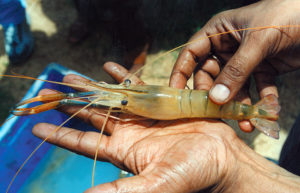
Bangladesh may be a small player in terms of global shrimp production, but producing and exporting shrimp provides an important source of foreign exchange.
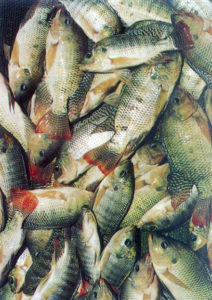
Tilapia culture systems in Bangladesh play a “silent” role in meeting poor peoples’ needs and, increasingly, of a growing demand in formal markets.
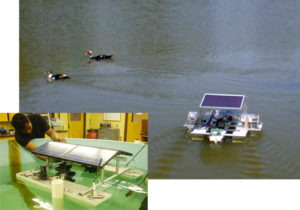
Small autonomous vehicles provide an environmentally friendly approach to labor-intensive methods used to maintain production and water quality.
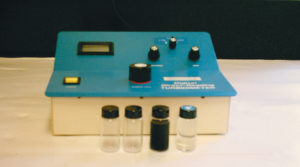
Total suspended solids concentration is time-consuming to measure, but turbidity has been used to estimate TSS concentrations in some types of effluents.